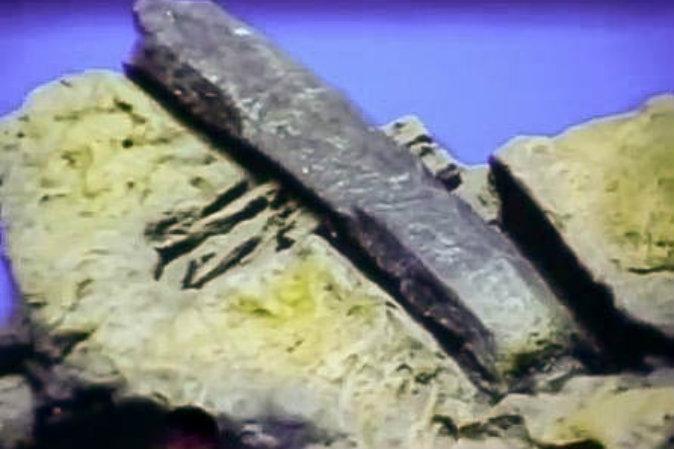Oopart (out of place artifact) is a term applied to dozens of prehistoric objects found in various places around the world that seem to show a level of technological advancement incongruous with the times in which they were made. Ooparts often frustrate conventional scientists, delight adventurous investigators open to alternative theories, and spark debate.
A hammer was found in London, Texas, in 1934 encased in stone that had formed around it. The rock surrounding the hammer is said to be more than 100 million years old, suggesting the hammer was made well before humans who could have made such an object are thought to have existed.
Much mystery surrounds the so-called “London Hammer.” Many have contested claims that the hammer is so old.
Carl Baugh, who is in possession of the artifact, announced that it was tested by Battelle Laboratory in Columbus, Ohio, a lab that has tested moon rocks for NASA. According to Baugh, the tests found the hammer to have unusual metallurgy—96.6 percent iron, 2.6 percent chlorine, 0.74 percent sulfur, and no carbon.
Carbon is usually what strengthens brittle iron, so it is strange that carbon is absent. Chlorine is not usually found in iron. The iron shows a high degree of craftsmanship without bubbles in the metal. Furthermore, it is said to be coated in an iron oxide that would not readily form under natural conditions and which prevents rust.





